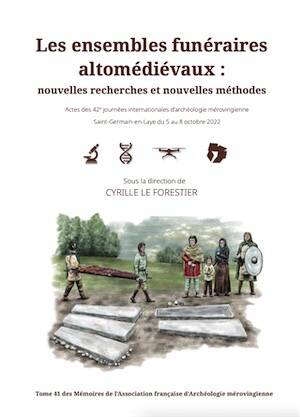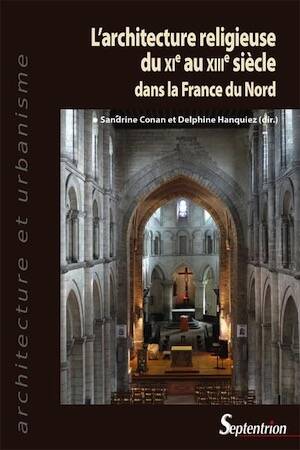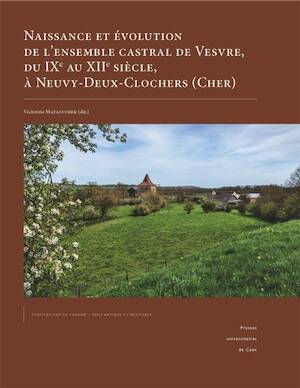- Search
- Advanced search
Myth, Montage, and Visuality in Late Medieval Manuscript Culture. Christine de Pizan's Epistre Othea, 2003, 384 p., 133 ill., cloth. -
Medieval manuscript culture organizes reading as a visual experience. Early fifteenth-century Paris saw a proliferation of luxury manuscripts whose illuminations situate the reader as spectator. Christine de Pizan understood this visual aspect of medieval texts and exploited it throughout her work. The Epistre Othea (or Letter of Othea, dated about 1400) exemplifies the visual potential of medieval literature to enhance the reading experience. Myth, Montage, and Visuality in Late Medieval Manuscript Culture, as a study of this visuality, draws extensively on film theory, which offers critical categories for the structures of spectatorship. The authors argue that premodern and postmodern cultures share a predilection for the cinematic arrangement of knowledge in a montage format. Their book explores the competing models for the study of visual cultures represented by the work of Erwin Panofsky and Aby Warburg and argues that the latter's Mnemosyne offers the most productive method for analyzing the Epistre Othea.
Référence : 24955.
English
87,50 €
In the same Epoch
New

Les ensembles funéraires altomédiévaux : nouvelles recherches et nouvelles méthodes, (actes 42e journées internationales d'archéologie mérovingienne, ...
Réf : 57892.
French
30,00 €
New

L'architecture religieuse du XIe au XIIIe siècle dans la France du Nord, 2024, 338 p. -
Réf : 57848.
French
26,00 €


